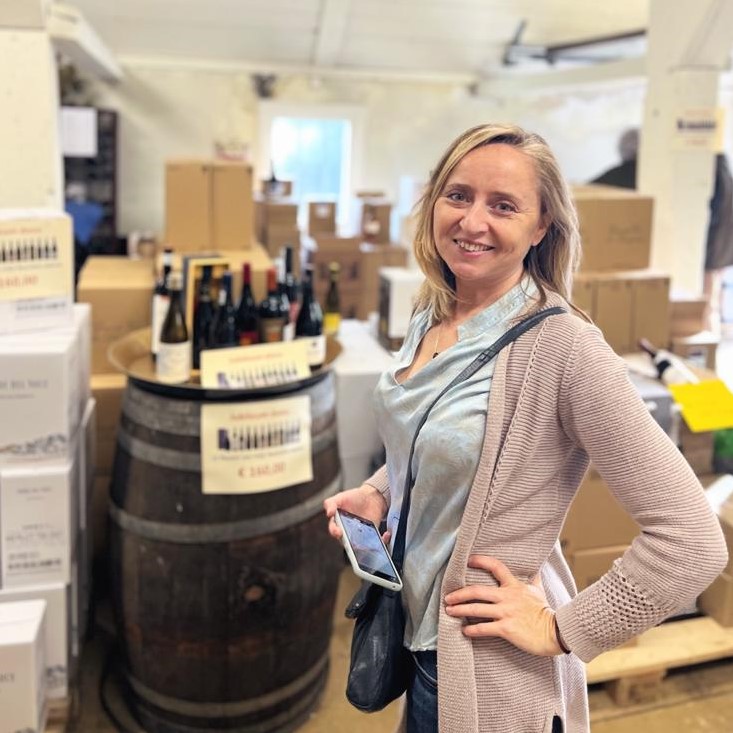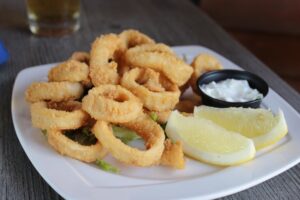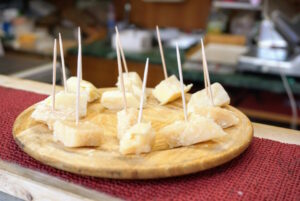Last Updated on July 29, 2024 by Cassandra Gambill | Published: July 11, 2024
Sardinian food is a world apart from that of its closest Italian neighbors on mainland Italy. It offers a huge variety to the travelling gastronome. It might have something to do with the fact that, in centuries past, the island of Sardinia was fought over by the Catalans, the French, and the Italians (and others before that).
Perhaps, it’s the fact that Sardinia is much larger than you might think. There’s a considerable difference between the seafood-led cuisine of the coastal towns and the meatier dishes served inland.
Either way, Sardinian food has so much to offer that you’ll have a difficult time trying to taste everything in one trip. These 10 dishes and drinks are just a starting point. There’s even more to discover just over the turquoise Tyrrhenian Sea.
If its your first time visiting Italy, you may be wondering how to read an Italian menu, or even how to order coffee in Italian. In Sardinia, the basics are still the same, so we suggest that you try to order cappuccino only in the mornings, and read about Sardinian food to know the main dishes you’ll discover during your trip.
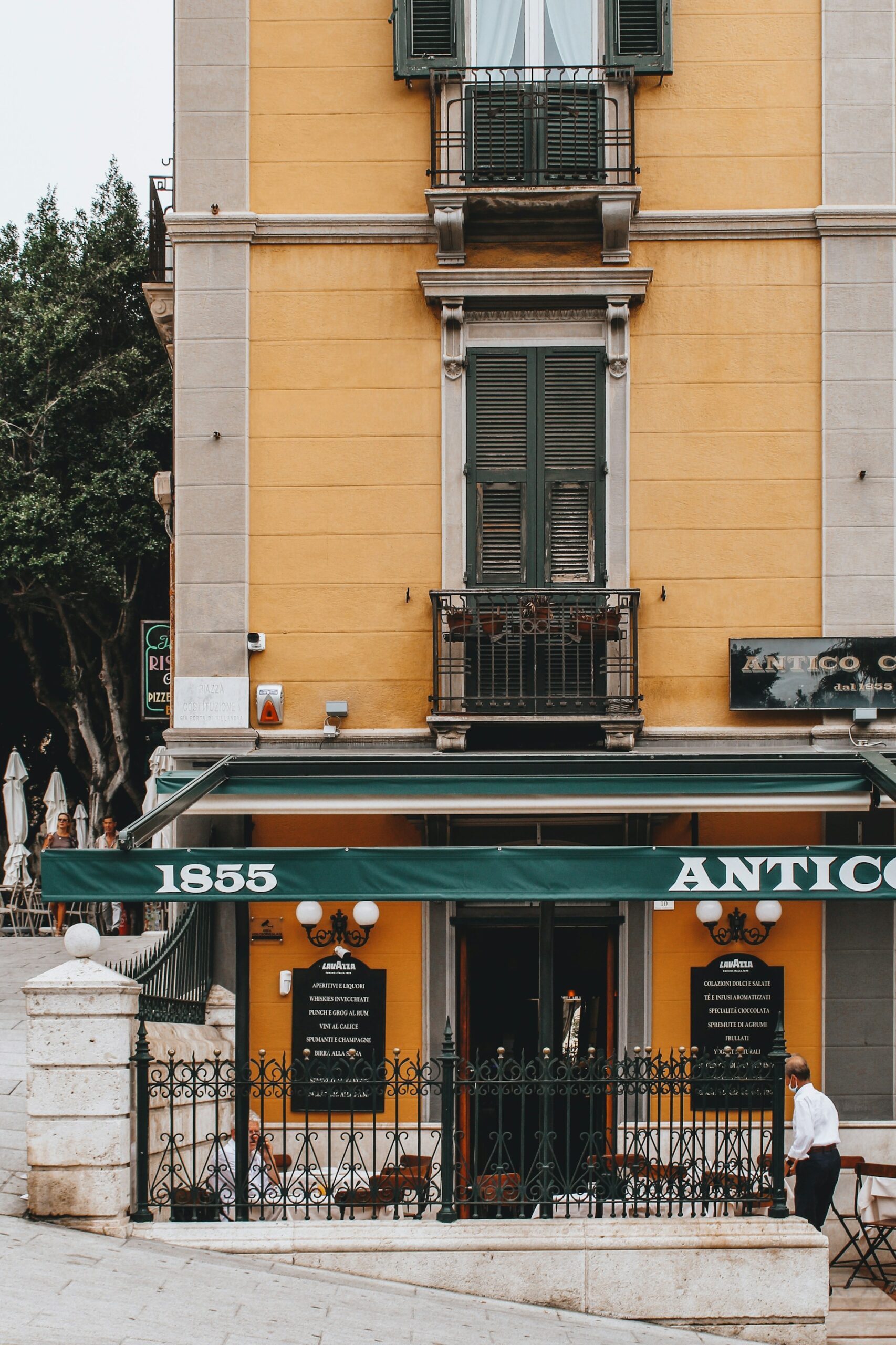
What's Included
Malloreddus/Gnocchetti Sardi
Let’s start with the carbs, since you can’t go anywhere in Italy without indulging in the local pasta (and that, of course, includes Sardinia). Malloreddus are small, ribbed, shell-shaped pasta made from semolina flour.
You’ll be able to find them in many restaurant’s menus as gnochetti Sardi, presumably to make it easier for non-Sardinian customers to know what they’re ordering. In restaurants, gnochetti Sardi generally come in a tomato ragù laced with Sardinian sausage, or wild boar.
Good-value and very tasty. If you’re in a place that shows them as malloreddus in the menu, you’re quite likely in a very authentic and local Sardinian food restaurant.
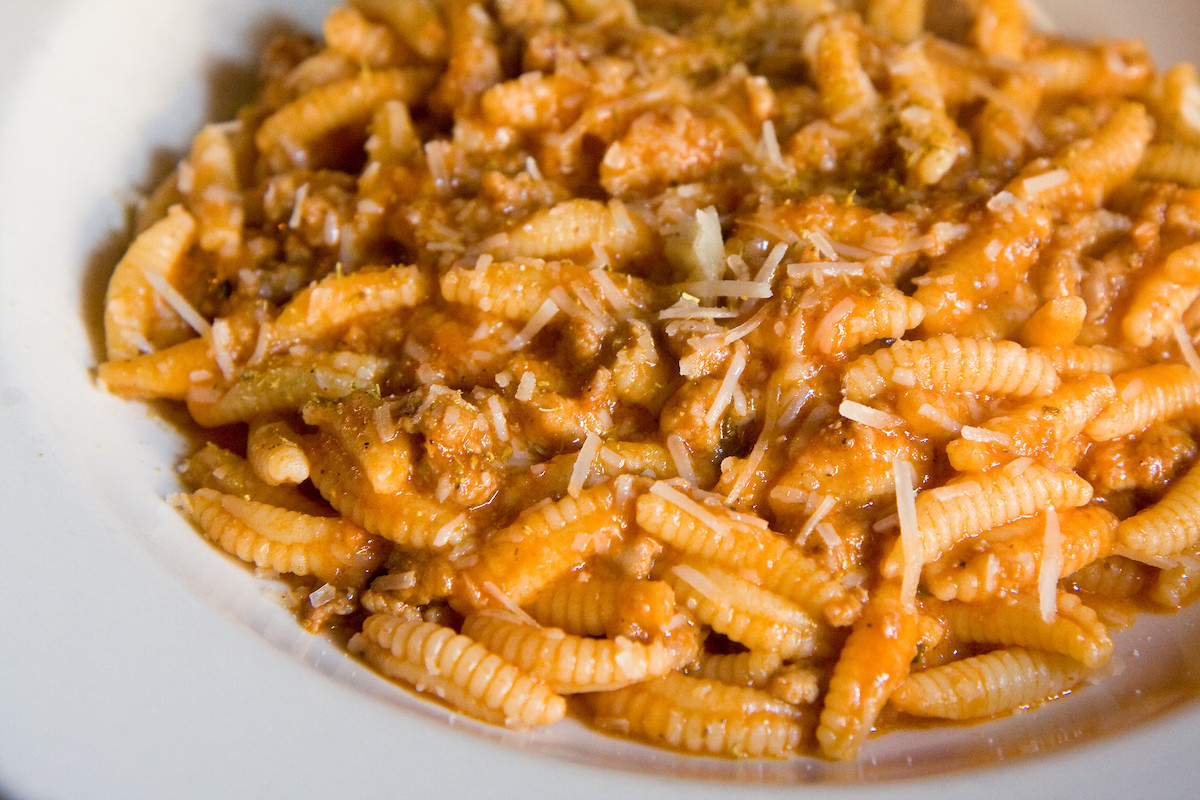
Culurgiones
Most cultures have some variation on the humble dumpling, and Sardinia is no exception. In the case of culurgiones, wheat-based dough is stuffed with a mixture of potato, mint, and pecorino cheese, before being cooked in boiling water.
There are lots of regional variations, but culurgiones are most commonly served either with a tomato-based sauce or simply with melted butter and sage. Whichever way you eat them, they’re pillowy parcels of dumpling deliciousness.
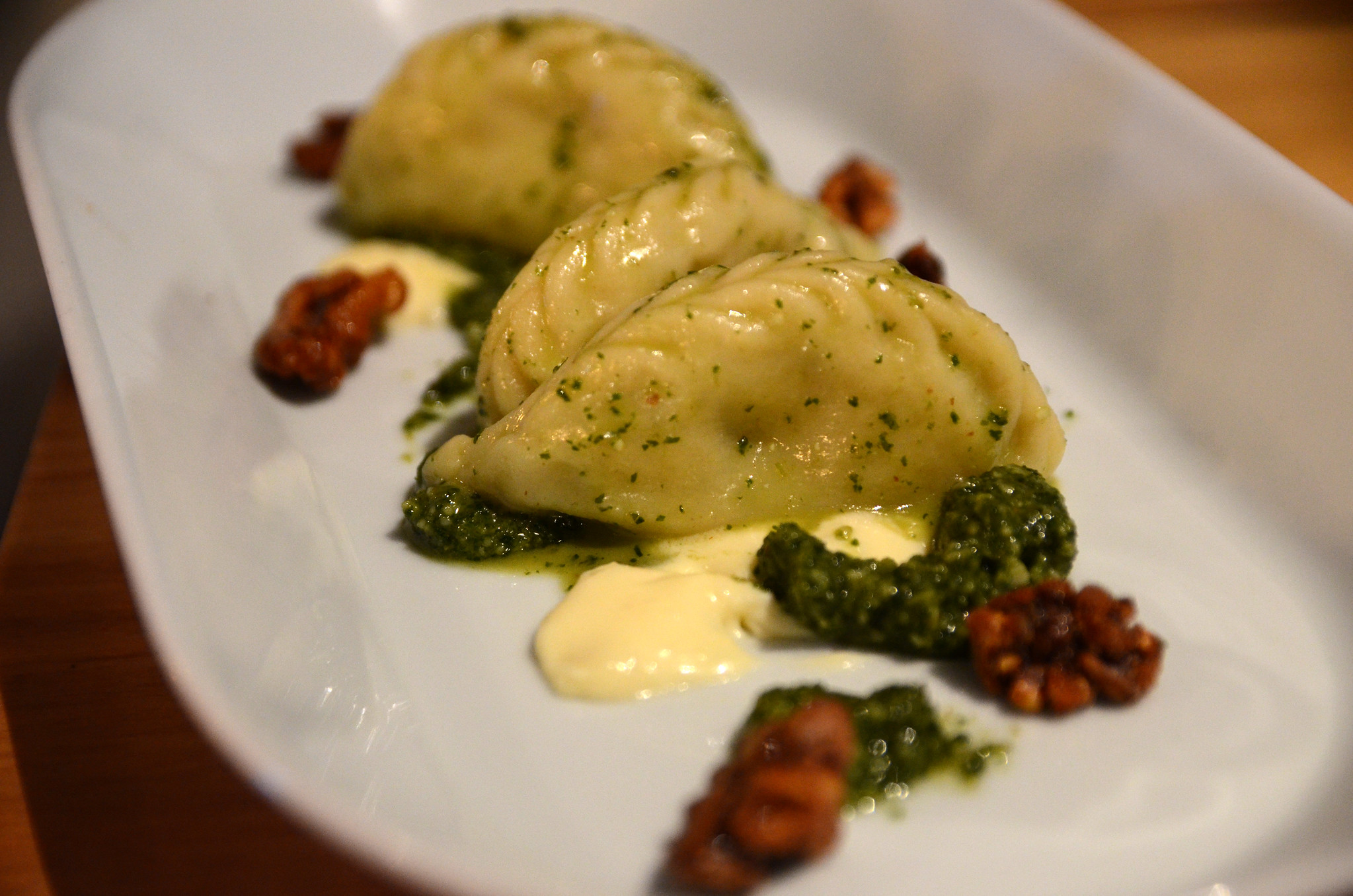
Zuppa gallurese
The name of this starchy staple from Gallura, the northernmost region of Sardinia, is a little misleading. “Zuppa” means soup in Italian, but in this case it’s only used to refer to the broth that’s used to soak the bread that forms the backbone of the dish.
In fact, zuppa gallurese (also known as zuppa cuata) is more like a savory bread and butter pudding crossed with lasagna. Delicious, right?
There’s a lot of oozingly melted cheese involved, too. The ultimate Sardinian comfort food.
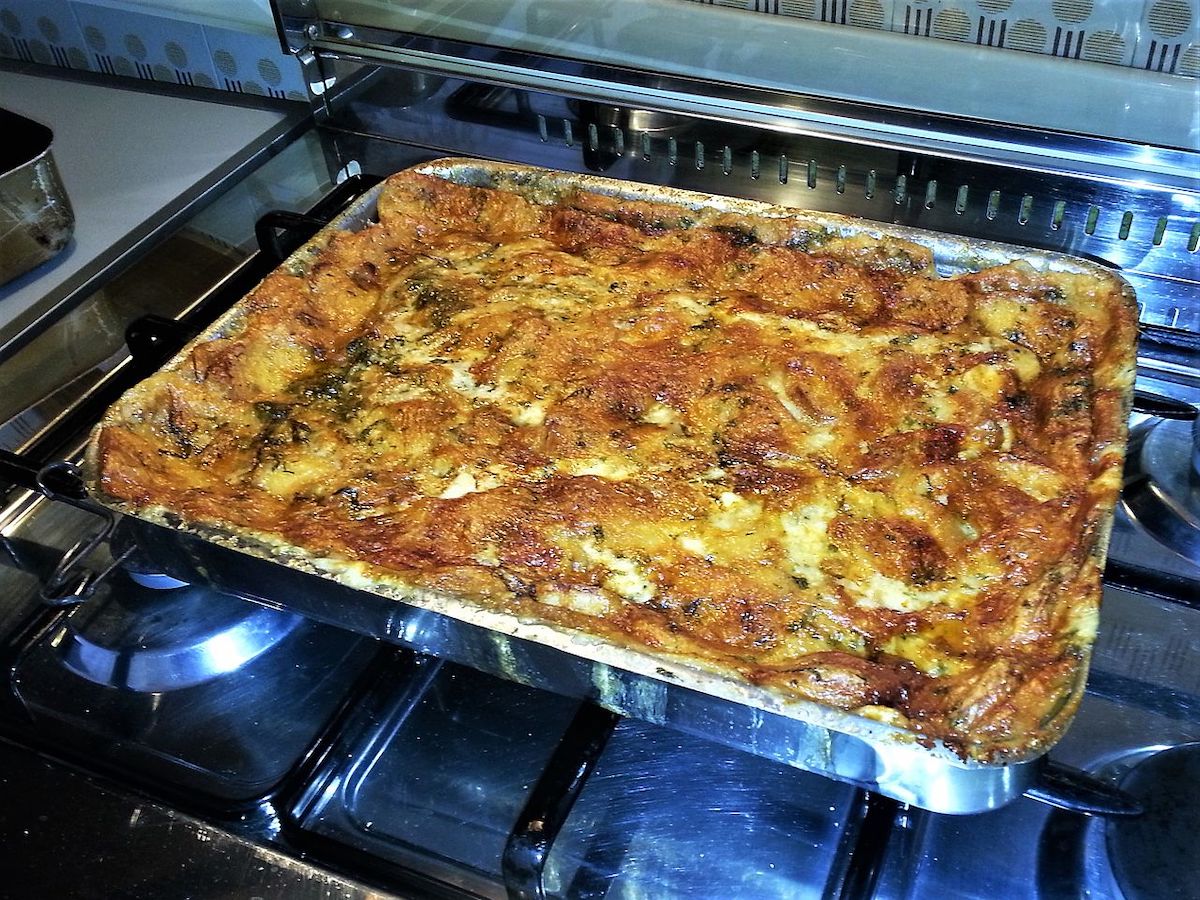
Fregula
Often equated to a sort of giant couscous, fregula is in fact a unique type of Sardinian pasta.
The dough is divided into small pellets and toasted in the oven, giving it a characteristic bite and nutty flavor.
Again, there are always regional variations, but it’s frequently served with seafood, such as clams, or in a hearty soup.
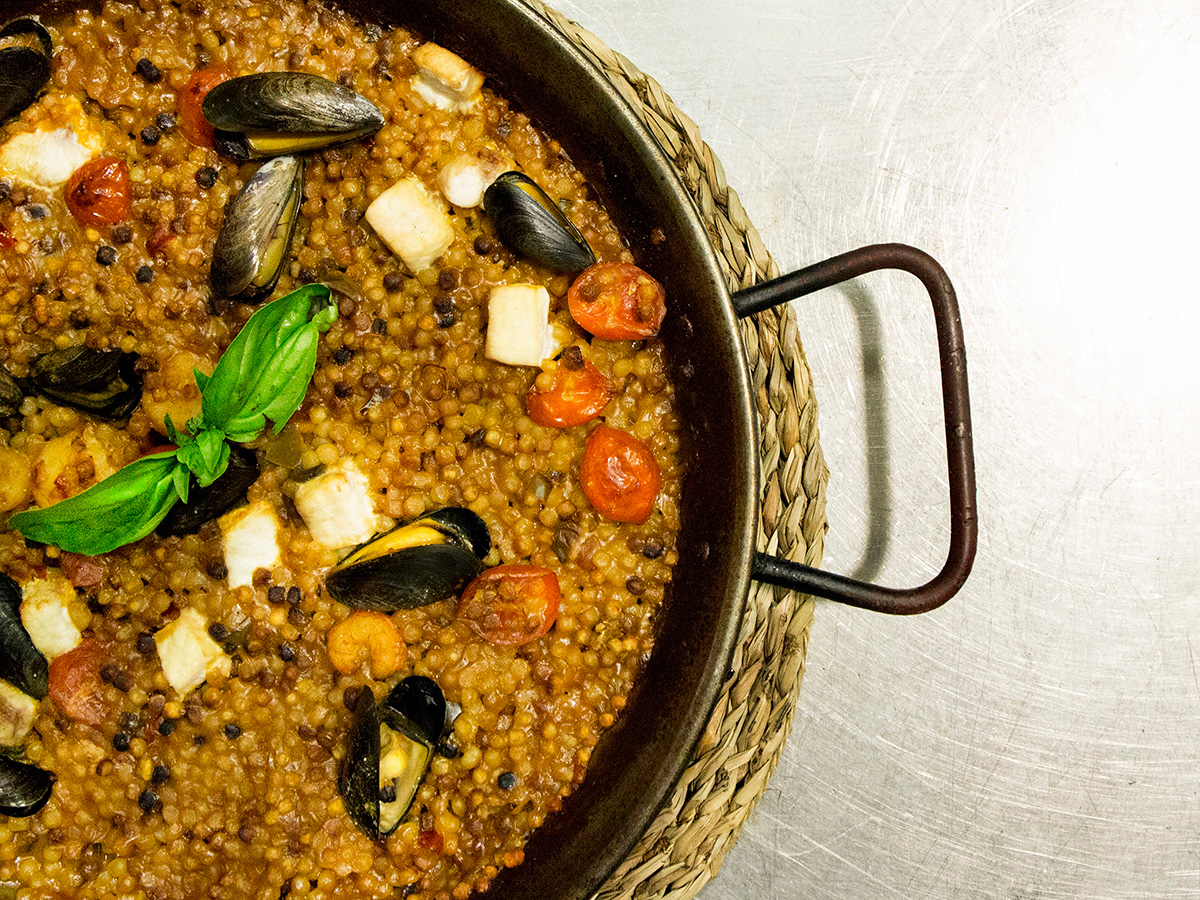
Pane carasau
You won’t have been in Sardinia five minutes without coming across pane carasau: it’s presented before and during every meal, and often forms part of a board full of aperitivo snacks, too.
Also known as “carta da musica” due to its thin and crispy texture resembling parchment paper, pane carasau is a traditional Sardinian flatbread that’s absolutely ubiquitous.
Nibble on it by itself or top it with olive oil, cheese, or cold meats like mortadella. Perfection.
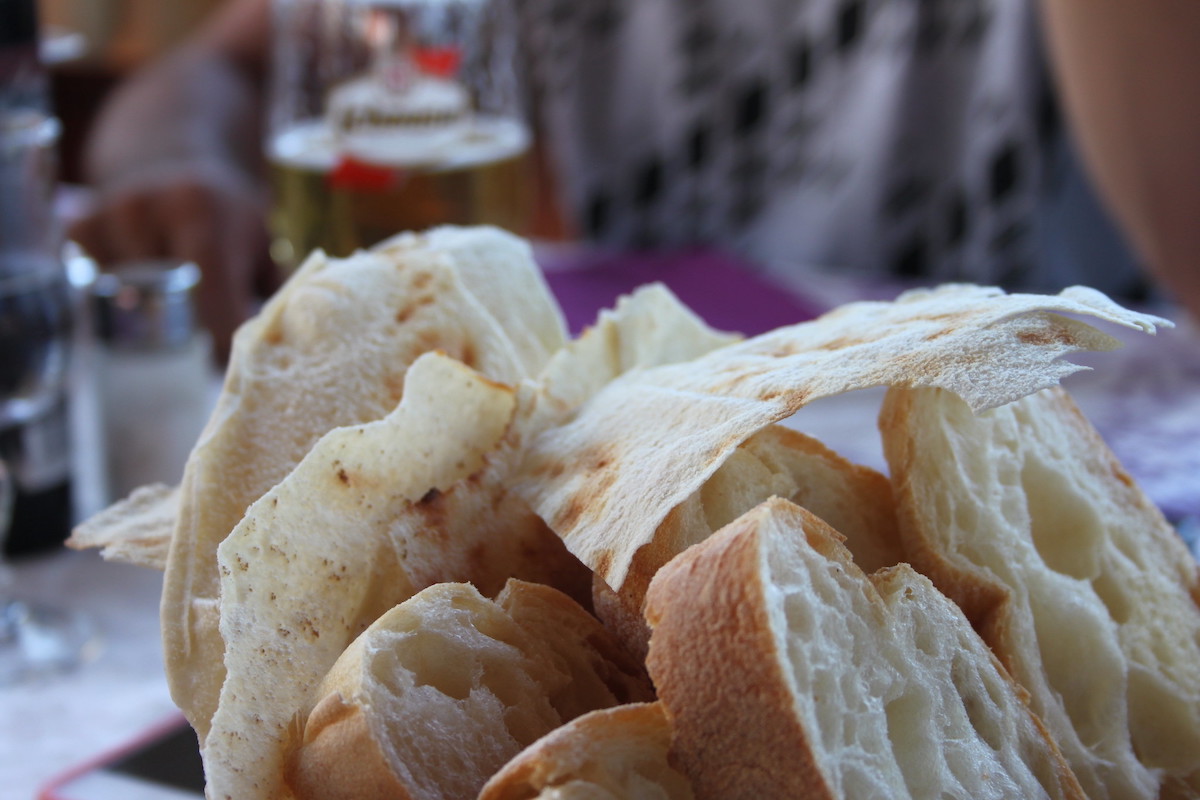
Fish and seafood
Along Sardinia’s coastline, you’ll find fish and seafood galore – for obvious reasons.
It’s all freshly caught, so you can’t go too far wrong, but island specialties include Catalan-style lobster, insalata di polpo (octopus salad), and bottarga (dried mullet fish roe).
The latter might not sound particularly appealing to the untrained ear, but give it a try it grated over spaghetti with clams. You’ll understand why it’s so popular.

Porcheddu
If you prefer meat to fish, you’re in luck, because roast suckling pig is one of the most popular dishes in inland Sardinia. Known as porcheddu, this succulent pork is generally spit-roasted over an open flame, or in a wood-fired oven, for several hours, until the skin is crispy, and the meat is meltingly tender.
It’s typically seasoned with salt, myrtle, and other local herbs, giving it a unique fragrance and flavor.
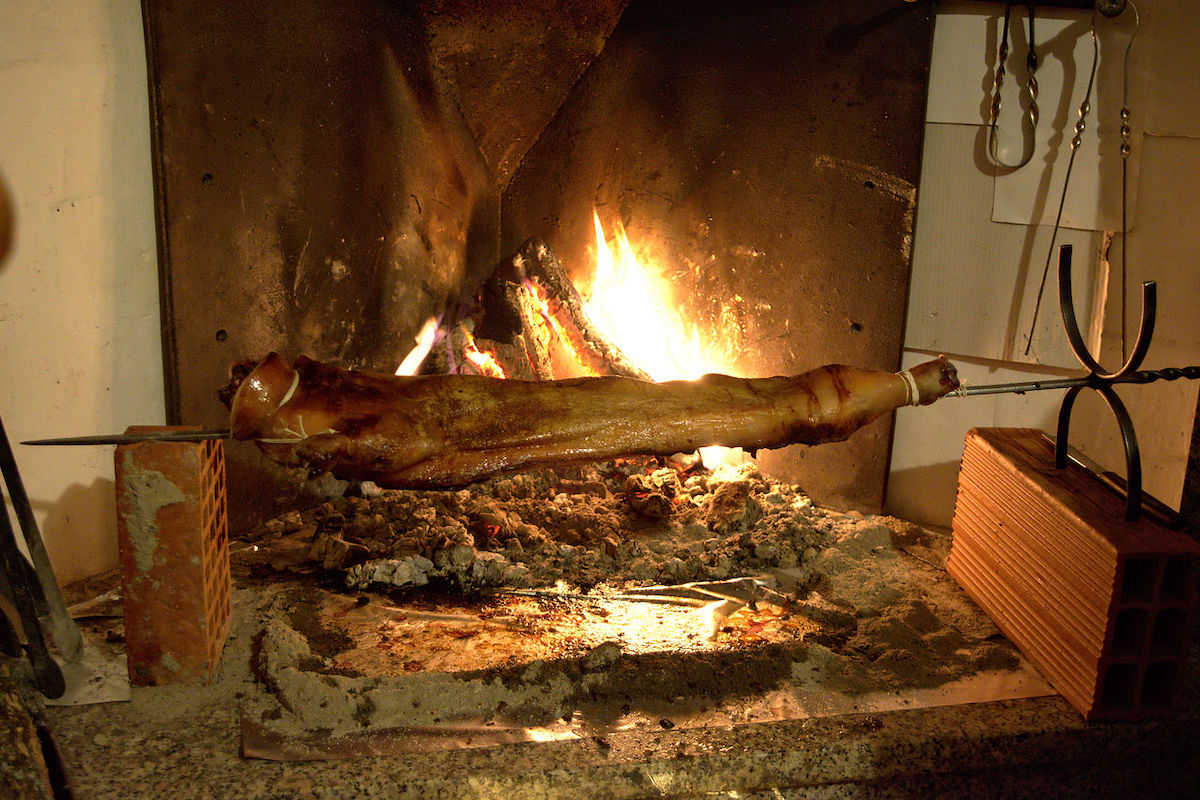
Seadas
When it’s time for dessert, you’d better have room left for the delicious Seadas. Also known as sebadas, they look like giant ravioli which have been filled with a mixture of Sardinian pecorino cheese and lemon zest, before being fried and drizzled with warm local honey.
Best eaten warm and fresh, seadas marry sweet with savory, crunchy with soft, and simplicity with the best local ingredients.
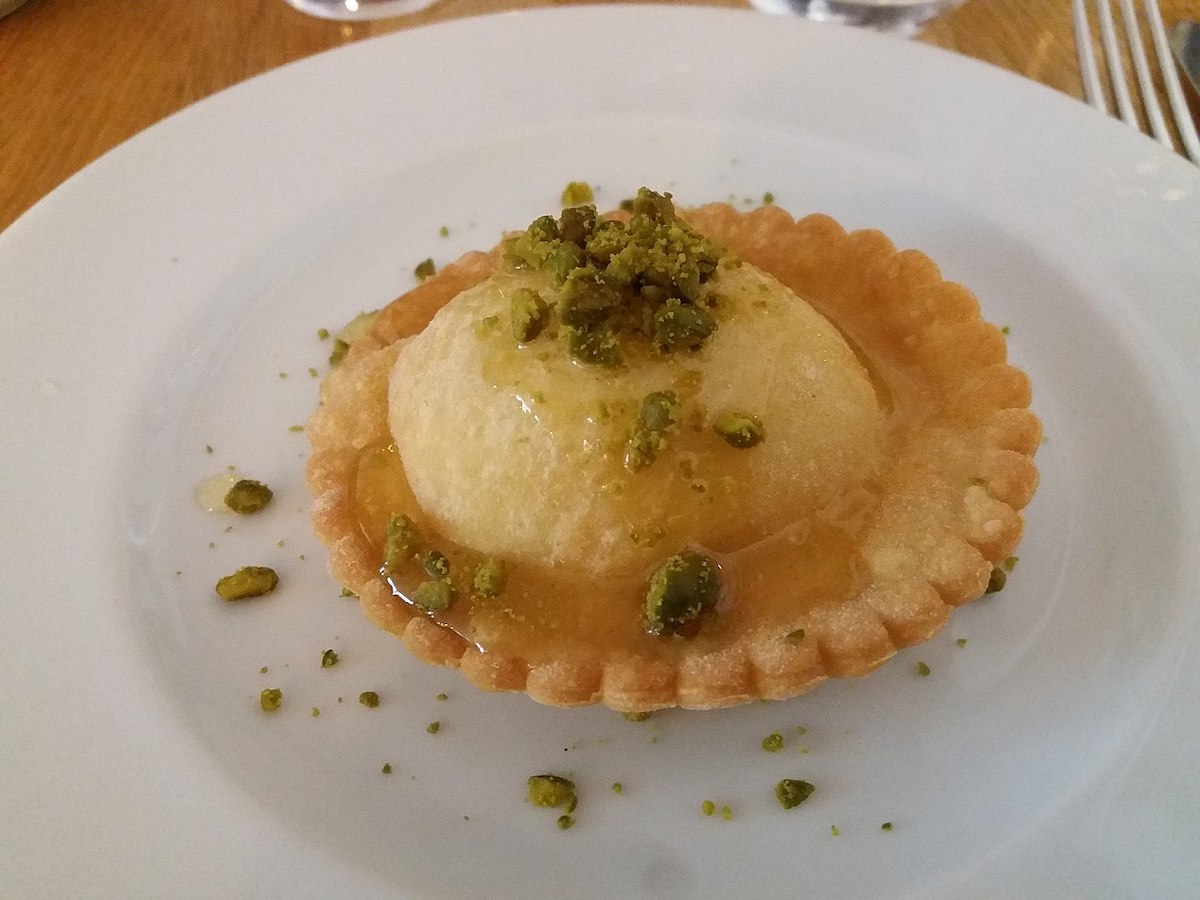
Sardinian wine
There are around 120 grape varieties that are native to Sardinia, many of which you won’t find anywhere else, making this Mediterranean island a source of endless curiosity for wine lovers.
Arguably, Cannonau and Vermentino are the king and queen of Sardinian grapes. You’ll certainly be entertained for hours tasting the different styles on offer.
Vermentino is the white star of the wine show, and you can expect it to be crisp and generally bone dry, it has a floral perfume with an almond finish. Late harvest or aged versions display slightly richer characteristics. Meanwhile, Cannonau is the Sardinian name for Grenache, producing full-bodied reds with ripe red fruits and silky tannins.
Unsurprisingly, Vermentino pairs perfectly with the island’s seafood dishes, while Cannonau is the partner of choice for Sardinia’s roasted meats and aged cheeses, such as pecorino Sardo.
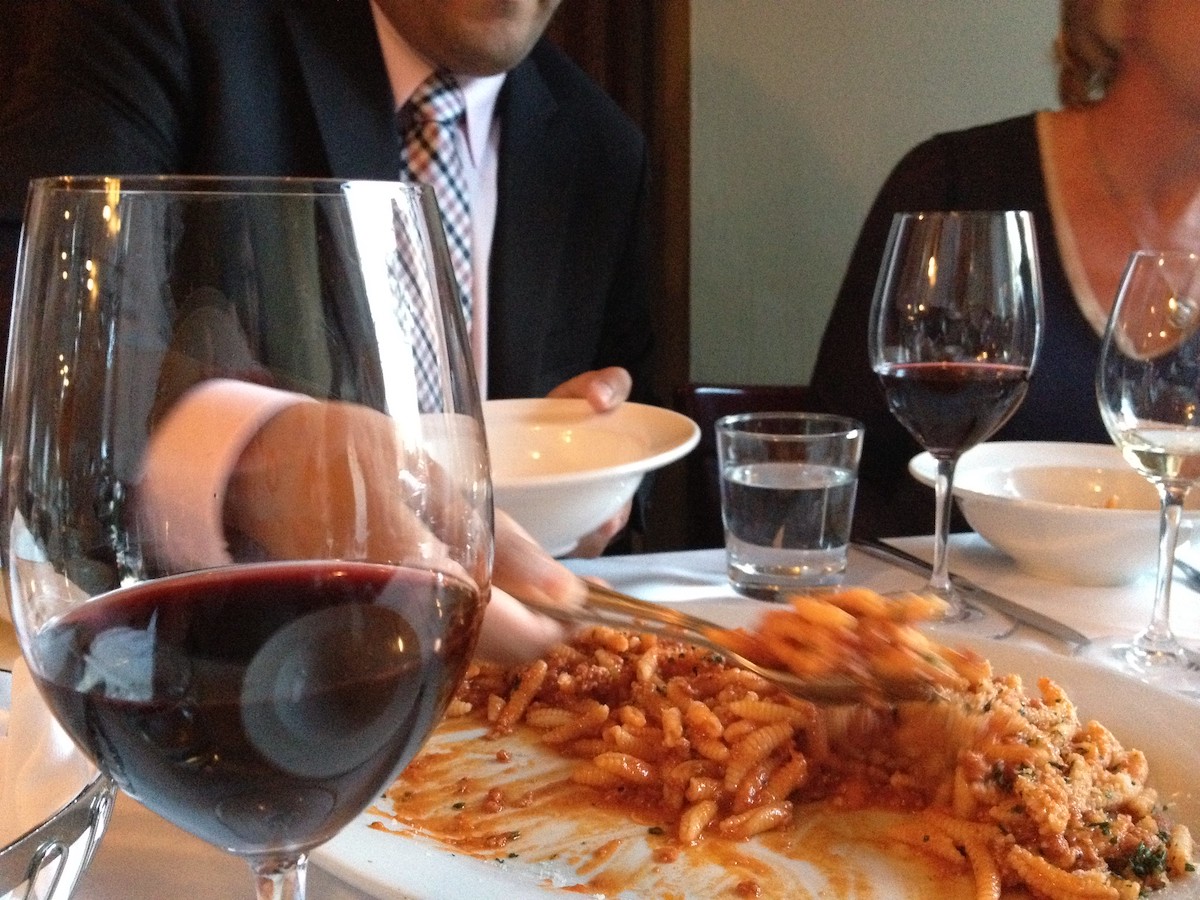
Mirto
A traditional Sardinian liqueur made from the myrtle plant. Mirto comes in two varieties: Mirto Rosso (red) made from the berries, and Mirto Bianco (white) made from the leaves.
Italians normally enjoy it as a digestivo. It’s relatively sweet, with an aromatic, herbal flavor that tastes almost medicinal. Saluti!
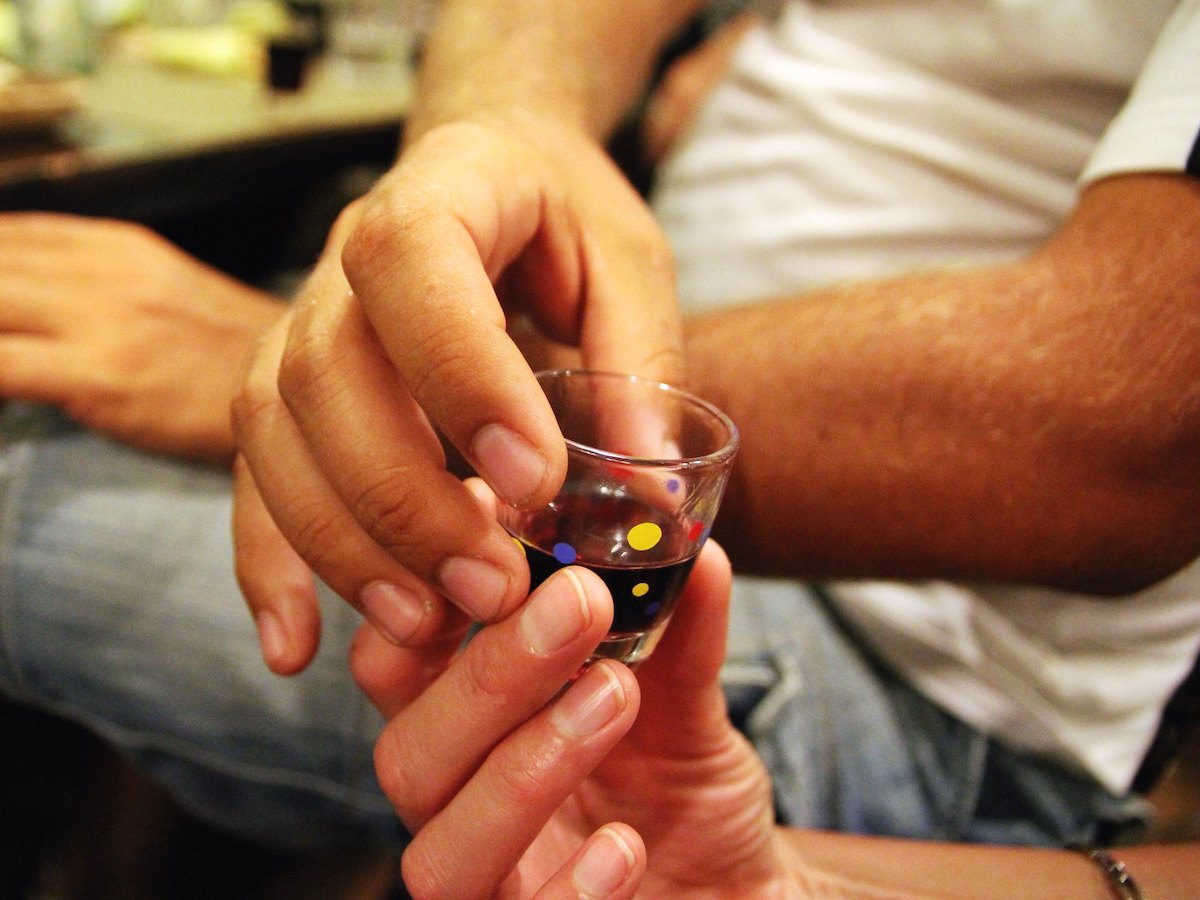
Curious about regional Italian cuisine? Join one of our food tours in Bologna, Florence, Naples, Rome, or Venice and find out what makes every region unique!
